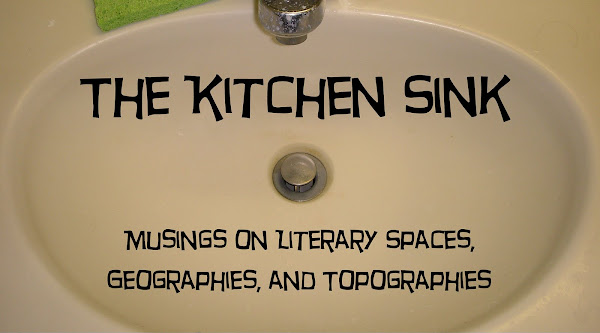
I was never into comic books as a kid. It wasn't until after I went to college that I began to follow several monthly publications, crossing the street on the third Wednesday of every month to pick up my subscription. Graphic novels are newer to me, though. I was especially surprised by how quickly City of Glass read, considering the slow, contemplative pace of many of the works we've read this semester.
It's not even the pace of the plot that makes the novel a breeze. Rather, it's the ease with which one is able to glide from frame to frame, if one knows how dialogue/narration bubbles work on the page. In short: layout matters. I would venture even further to say that the layout of Glass compliments the story itself. Most of its pages are made up of identical rectangular frames, the same per row and column. I believe this arrangement lends itself to the "noir" novel as a genre, where plot and characters are often identical to those in other books, though with several small, crucial differences. I have often found that mystery books follow a common formula, much like the police procedurals seen on television. This pattern is reflected in the grid-like arrangement of City of Glass, which is notably abandoned after the author's primary concern is no longer the case of Peter Stillman. When the mystery takes a backseat, the form changes to reflect Quinn's deteriorating state of mind. No longer do we see uniformity, but an increasing dependence on triangles and open frames, whose uneven nature confirms that the book's characters and story influence their own delivery.
.jpg)
No comments:
Post a Comment